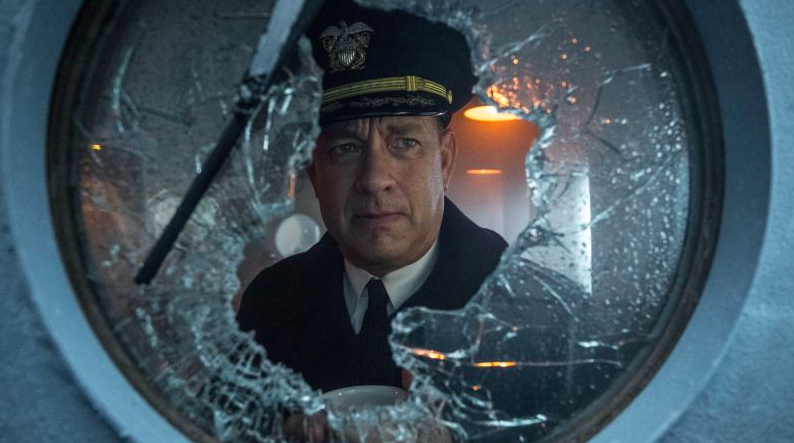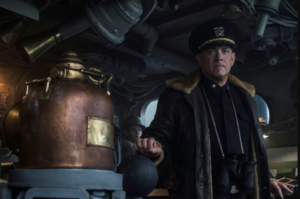Is Tom Hanks’ Greyhound the most realistic movie about war at sea ever made?

The Battle of the Atlantic is one of the lesser portrayed aspects of the second world war in cinema.
In the seven decades since world war two ended, it’s possible to count on one hand the number of major films that have depicted the plight of those who worked on the convoys, most notable being U-571 and Das Boot.
Now there is Greyhound, written by Tom Hanks, based on the 1955 book, The Good Shepherd, to add to the list, writes James Wharton for Forces Net, and it’s good.
“You cannot overstate the importance of the North Atlantic convoys.
“Nothing happens in the European war if the Battle of the Atlantic is lost.
Without it, you don’t finish off the campaign in North Africa, you don’t go into Italy. You don’t ever get into Normandy itself,” says Nick Hewitt, Head of Collections and Research at the National Museum of the Royal Navy.
“It’s really important that this film has been made. I was super impressed by it. It’s really great to see the war at sea depicted in cinema.
“Let’s be honest, now more than ever, duff history is dangerous.
 “Without those huge American forces transferred to Britain thanks to the convoys, we would have been sat here on our own. We are just an island
“Without those huge American forces transferred to Britain thanks to the convoys, we would have been sat here on our own. We are just an island
“Without all that equipment, we wouldn’t have won the war.”
In the film, Ernest Krause, played by Tom Hanks, must command the crew of his warship through wave after wave of U-boat attack in his mission of protecting the convoy and its vital cargo from the relentless enemy silently patrolling beneath the waves.
According to Hewitt, the history as told in the film stands up to scrutiny.
“It’s nice for people like me that every piece of detail is not explained.
“The level of detail on the convoy ships themselves and the activities seen within the convoy, particularly on the discipline and structure with regards to things like the Convoy Commodore is superb.”
Read the full article on Forces Net.











